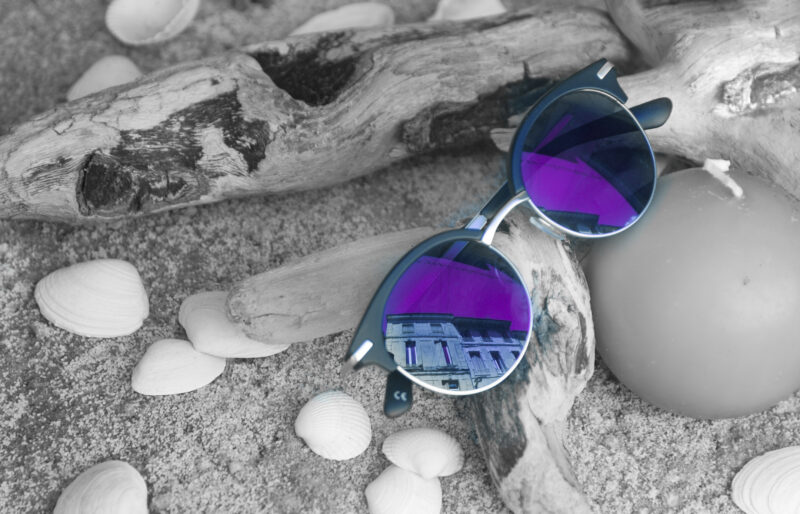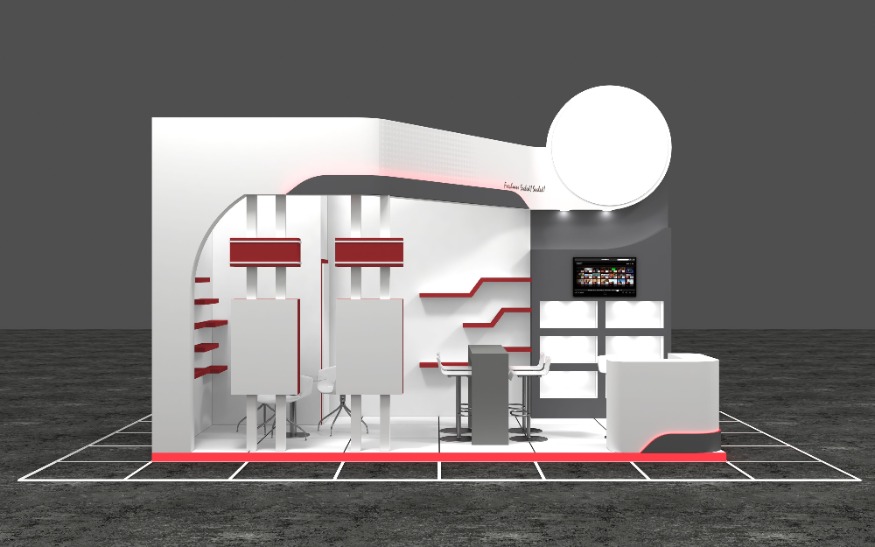Caruggi
Découvrez les Secrets des Tendances Mode Homme et Femme Qui Font Fureur en 2023 !
Révélation Choc : Les Tendances Mode Homme et Femme Qui Mettent le Feu en 2023 ! Découvrez les Looks Incontournables et les Secrets Stylistiques Qui Vont Vous Époustoufler. Ne Ratez Pas cette Bombe de Style ! 💥👗🕺.
- All Posts
- Auto & Transport
- Business & Marketing
- Evènementiel & Mode
- Immo & Travaux
- Sport & Santé
- Uncategorized
- All Posts
- Auto & Transport
- Business & Marketing
- Evènementiel & Mode
- Immo & Travaux
- Sport & Santé
- Uncategorized




















